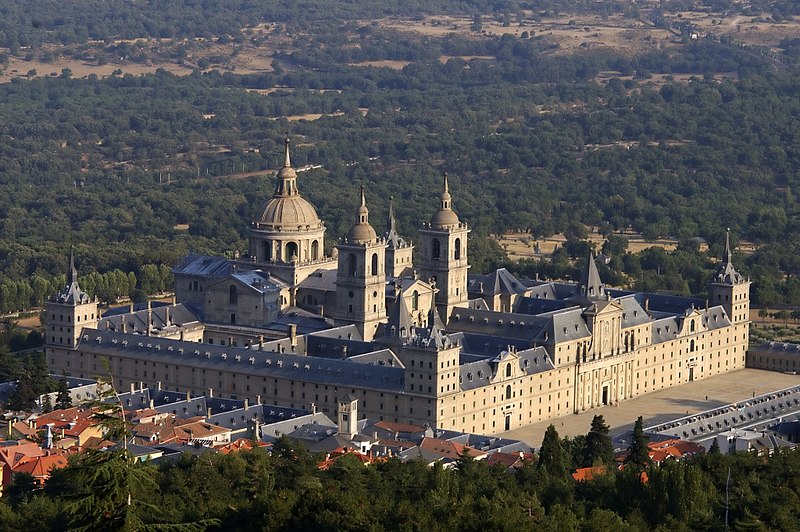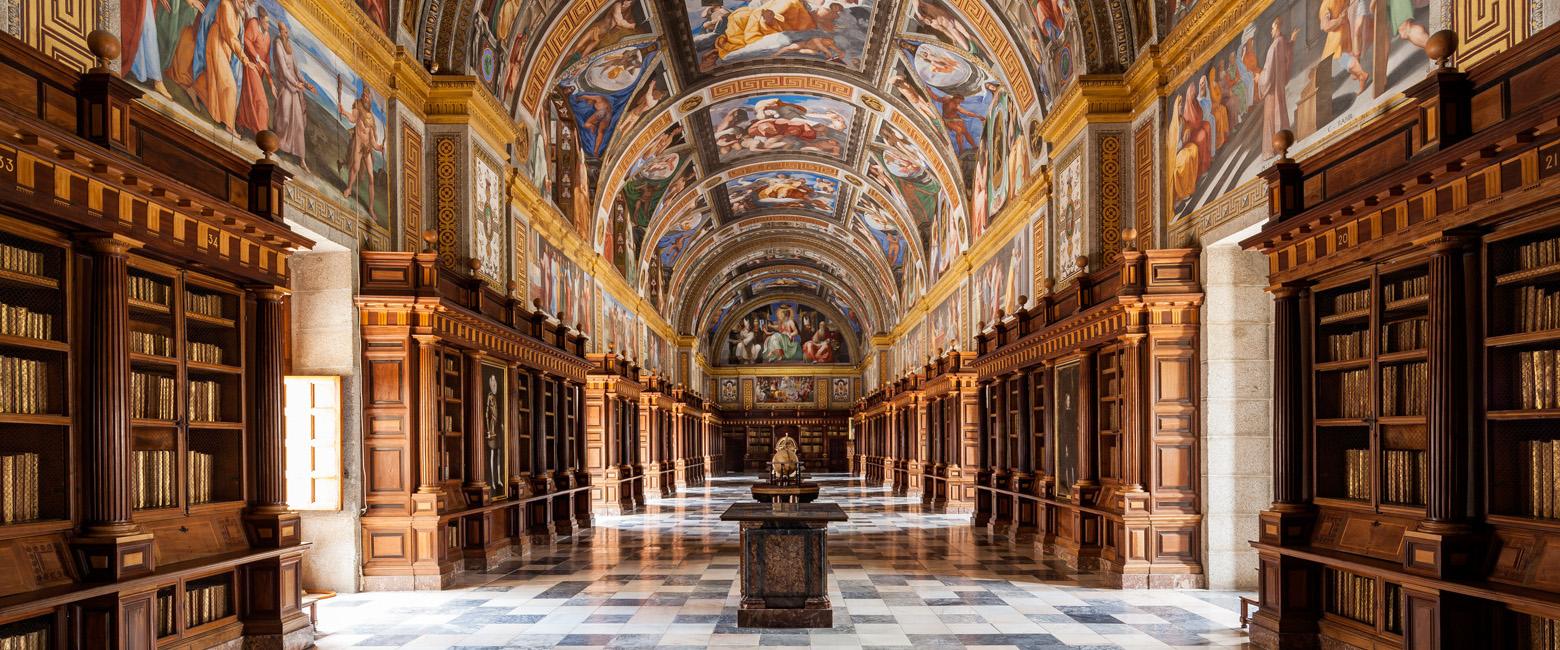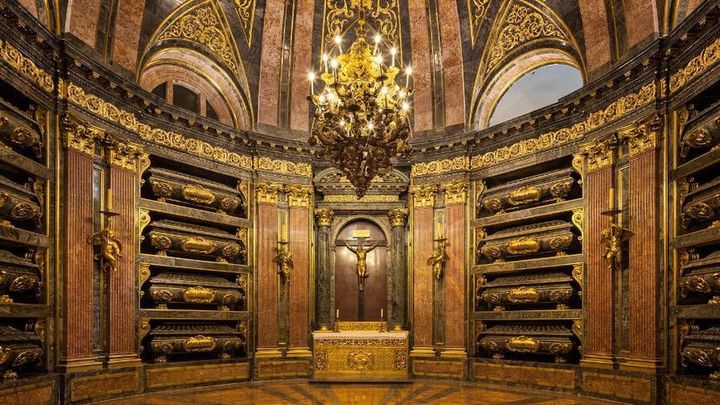The Remarkable Recovery of the Iberian Lynx: A Conservation Triumph
Friday, May 24, 2024
In a world often barraged with grim news on the environmental front, the story of the Iberian lynx (Lynx pardinus) emerges as a beacon of hope, illustrating the power of dedicated conservation efforts. Once teetering on the brink of extinction, this enigmatic creature has astoundingly doubled its population over a mere span of three years, achieving an impressive milestone by reaching 2,021 individuals in 2023. This achievement is not just a number; it represents a significant turnaround for a species that was grappling with the imminent threat of disappearing forever.

A closer examination of the figures reveals a population composed of 1,299 adults or subadults alongside 722 cubs, showcasing a burgeoning population that is gradually gaining ground towards sustainable recovery. However, it's crucial to appreciate that despite these encouraging signs, the Iberian lynx is not out of the woods yet. The species remains at risk, with the current breeding female count standing at 406, notably short of the 750 needed to secure a favourable conservation status.
The Vital Role of Captive Breeding Centres
The resurgence of the Iberian lynx can be significantly attributed to the pivotal role played by captive breeding centres across Spain. Between 2011 and 2023, these centres have reintroduced 372 lynxes back into the wild, providing a critical boost to the species’ population numbers. These centres have not only aided in the recovery of the lynx but have also facilitated the expansion of their habitat. In the last year alone, reproduction was verified in 14 population centers, marking the presence of the lynx in new territories, including the Spanish region of Murcia and the provinces of Albacete, Badajoz, Toledo, and Ciudad Real.
The majority of the Iberian lynx population, 85% to be precise, resides in Spain, with the remainder found in Portugal. This distribution underscores a concentrated effort across these regions, particularly in Andalusia, Castilla-La Mancha, Extremadura, and Murcia, to revive the lynx’s numbers and ensure their continued survival.

A Journey from the Brink
The revival of the Iberian lynx is a narrative of resurgence. In 2002, the species was at a critical juncture with a mere 94 individuals remaining, primarily in Andalusia. The intervention through captive breeding programs, significantly supported by European investment, has been instrumental in altering the fate of the lynx. The species’ threat level adjustment in 2015 by the International Union for Conservation of Nature (IUCN) from "critically endangered" to "endangered" underscores the effectiveness of these conservation efforts.
Moreover, the lynx’s increasing population has led to sightings in closer proximity to human habitations, exemplified by an intriguing incident in late March when a rancher discovered four lynx cubs nestled within his haystack in Menasalbas, a municipality in Toledo.
Challenges Remain
Despite the positive trajectory, challenges linger. The aspiration to augment the number of breeding females necessitates the creation of additional territories for the lynx, pointing towards the need for sustained and focused conservation strategies.

Moreover, the conservation journey of the Iberian lynx is not immune to setbacks. The species still grapples with threats, notably from road accidents resulting in a significant number of fatalities and the shadow of poaching which continues to be a concern. The reliance of the lynx’s diet on rabbits, a population severely impacted by a deadly hemorrhagic disease, adds another layer of complexity to the conservation effort, indicating the intricate balance required to sustain this recovery.
The Path Forward
The comeback of the Iberian lynx is a testament to the resilience of nature when supported by committed conservation efforts. It highlights the intricate dance between human intervention and the natural predilections of a species fighting for its place in the ecosystem. As we forge ahead, the story of the lynx serves not only as a reminder of what has been achieved but also of the considerable journey that lies ahead. Maintaining this positive trajectory necessitates a continued commitment to habitat preservation, the mitigation of human-induced threats, and the fostering of environments where this magnificent creature can thrive.
The tale of the Iberian lynx is not just about numbers; it's a narrative woven with hope, resilience, and the relentless pursuit of a future where humans and wildlife coexist in harmony. It's a clarion call for environmental stewardship, urging us to heed the lessons learned and apply them across the global conservation canvas.
 0
Like
Published at 8:57 AM Comments (0)
0
Like
Published at 8:57 AM Comments (0)
El Escorial: Spain's Majestic Renaissance Complex
Friday, May 17, 2024
Nestled in the scenic foothills of the Sierra de Guadarrama, El Escorial stands as a monumental tribute to Spain’s rich historical and cultural legacy. Constructed between 1563 and 1584, during the reign of King Philip II, this vast complex captures the essence of Spanish power and religious zeal during the Renaissance. Often considered the 'Eighth Wonder of the World', El Escorial harmonises architectural magnificence with historical significance, offering an enduring glimpse into Spain's imperial past.

Architectural Grandeur and Symbolism
El Escorial is not only significant due to its scale but also because of its symbolic complexity and architectural innovation. The entire structure spans an area of over 33,000 square meters, embodying the Renaissance spirit of symmetry, order, and control. Conceived by King Philip II, the project was realised by architects Juan Bautista de Toledo and his apprentice Juan de Herrera. Together, they designed a building that was not just a royal palace but a monastery, basilica, pantheon, library, museum, university, school, and hospital—each element an integral part of Philip II's vision of a self-contained scholarly and spiritual realm.
Strikingly, El Escorial's floor plan is based on the descriptions of Solomon’s Temple as recounted by the Judeo-Roman historian Flavius Josephus—one of the reasons why it is often likened to the 'Eighth Wonder of the World'. The layout comprises a gridiron plan, symbolically commemorating St. Lawrence, who was said to be martyred on a grill. The martyr’s feast day coincides with the victorious Battle of St. Quentin, which the complex also commemorates. This deep intertwining of personal piety, royal ambition, and celestial symbolism stands as a cornerstone of El Escorial's claim to wonder.

A Centre for Spiritual and Temporal Power
El Escorial served two primary functions — it was both a royal palace and a Hieronymite monastery, now a monastery of the Order of Saint Augustine. This dual nature was highly symbolic, representing a merge of celestial and earthly governance. King Philip II was the only monarch who lived in the main building, underscoring the site's unique role as a personal retreat and administrative centre. The presence of a religious community alongside the royal household emphasised the deep intertwining of the Spanish crown with Catholic religious authority.
Artistic and Cultural Treasury
Beyond its architectural and symbolic significance, El Escorial is a repository of art and culture. It houses a wealth of masterworks from some of the most renowned artists of the age, including Titian, Tintoretto, El Greco, and Velázquez. The library alone contains thousands of priceless manuscripts, highlighting Philip II's dedication to scholarship and learning. This commitment to collecting and preserving knowledge underscores El Escorial’s standing as a Renaissance hub, merging the religious with the intellectual.

The Final Resting Place of Kings
The Royal Pantheon, situated beneath the royal chapel of the Basilica, serves as the burial site for the kings of Spain. This octagonal Baroque crypt houses the remains of most Spanish monarchs since Charles I, exemplifying El Escorial’s enduring role as a necropolis for the Spanish royal family. The presence of these tombs further cements El Escorial's function as a site of national memory and veneration, intertwining the spiritual with the dynastic.
Why is it Considered the Eighth Wonder?
What distinguishes El Escorial and elevates it to the status of an unofficial 'Eighth Wonder of the World' is not just its grand scale or artistic treasures, but its embodiment of an era’s highest ideals. It represents a time when architectural complexity was harnessed to serve both spiritual devotion and regal ambition. The seamless integration of a palace, monastery, and mausoleum in one coherent structure, all constructed within 21 years, is an achievement that resonates with the notion of architectural and cultural wonder.
Also noteworthy is its status as a UNESCO World Heritage Site since 1984, recognising its outstanding universal value. Its austere yet grandiose styling, monumental scale, and historic significance draw tourists and admirers from around the world, all eager to witness a cornerstone of Spanish heritage.
El Escorial remains one of the most comprehensive and ambitious architectural projects of the Renaissance, reflecting the apex of Spanish power and piety. Its designation as the 'Eighth Wonder of the World' is a testament to its indelible impact on history and culture, a monumental legacy of Spain's illustrious past
 1
Like
Published at 10:25 PM Comments (0)
1
Like
Published at 10:25 PM Comments (0)
Spanish Property Viewing Trip and How to Prepare for It
Saturday, May 4, 2024
Investing in property abroad can be an exciting yet daunting prospect. Spain, with its vibrant culture, stunning landscapes, and favourable climate, continues to be a magnet for property investors and holiday home seekers alike. Whether you're eyeing a sun-drenched beach house, a rustic villa, or a modern apartment in a bustling city, travelling to Spain to view properties offers invaluable insights that online browsing can't match. Here's why you should consider booking a Spanish property viewing trip, and some practical advice on how to prepare for it.

The Benefits of a Viewing Trip
1. Real Feel of Various Locations
Photos and video tours are useful, but they can't replace the experience of actually being in a location. A property viewing trip allows you to immerse yourself in the environment. You can experience the local community, explore the amenities, and get a true sense of the neighbourhood's atmosphere. Such firsthand experiences can significantly influence your decision-making process.
2. Value Assessments Made Easier
Seeing a property in person allows you to assess its true value based on its condition, location, and the quality of its surroundings. During a viewing trip, you can inspect multiple properties, compare them realistically, and gauge if they meet your expectations and budget. This hands-on approach reduces the risk of unpleasant surprises.
3. Expert Insights on Tap
A viewing trip often includes meetings with local real estate experts. This can be an invaluable resource, offering access to local knowledge and expertise that might not be available online. Estate agents can provide insights into the local property market, legal considerations, potential ROI (Return on Investment), and other nuances of buying property in Spain.
4. Time-Efficient House Hunting
Condensed into several days, viewing trips are intensive and focused, allowing you to visit numerous properties and possibly settle on a choice quickly. This can be much more efficient compared to multiple short visits or long, drawn-out decision processes from afar.
5. Emotional Connection
Finally, there's the emotional aspect. Purchasing a property is not just a financial investment; it’s often an emotional one. Visiting a property allows you to connect with it emotionally, envisaging your life unfolding within its walls. This gut feeling can be pivotal in the decision-making process.

Preparing for Your Spanish Property Viewing Trip
1. Research and Planning
Before you book your flight, dedicate time to thorough research. Identify the regions or towns that appeal to you and consider factors like climate, accessibility, local amenities, and the expat community presence. Websites, expat forums, and property portals can offer valuable information that helps narrow down your choices.
Action Steps:
-
List your property needs and preferences (size, type, proximity to amenities).
-
Choose potential areas that match your lifestyle and budget.
-
Find reputable local estate agents with good reviews and reach out to them.
2. Set Up Appointments
Coordination is key. Contact estate agents and arrange property viewings in advance. A well-structured itinerary helps maximise your time on the ground. Consider leaving some slots open for revisit requests or unexpected finds.
Action Steps:
-
Send your property criteria to agents before the trip.
-
Schedule viewings and confirm appointments a week beforehand.
-
Plan for transportation – hire a car if needed for more control over your schedule.
3. Financial Preparation
Understanding your budget and how it translates into the Spanish property market is crucial. Pre-arrange your finances, and consider speaking to a financial adviser who specialises in overseas property purchases. Know your upper limit, and explore mortgage options if necessary.
Action Steps:
-
Get a financial health check and secure a mortgage ‘in principle’ if needed.
-
Understand the exchange rates and set up a foreign exchange (Forex) account to get the best rates.
-
Calculate additional costs like taxes, fees, and potential renovation expenses.
4. Legal Considerations
The legal aspects of buying property in Spain can be complex, especially regarding non-residents. Hiring a local solicitor, independent of the estate agent, is advisable. They can handle legal checks, negotiate contracts, and ensure that your transaction complies with Spanish laws.
Action Steps:
-
Research and hire a reputable English-speaking solicitor in Spain.
-
Understand the basic legal requirements and processes for buying property in Spain.
-
Prepare necessary documents, such as your passport and NIE (Número de Identidad de Extranjero), which is required for all property purchases by foreigners in Spain.
5. Practicalities and Logistics
Organise your travel details for a smooth trip. Book flights and accommodations, and consider travel insurance. Check the climate of the area during your visit so you can pack appropriately.
Action Steps:
-
Book flights and accommodation, considering proximity to the areas you'll be visiting.
-
Pack essentials, including comfortable walking shoes, maps, and a notepad for taking notes.
-
Plan for contingencies – keep contacts of your estate agent and solicitor handy.
Embrace the Adventure
Every property search is a journey, and a viewing trip is an integral part of this adventure. While the focus is surely on business – finding that dream Spanish home – allow yourself some time to soak in the local culture, cuisine, and sights. Enjoying the process can provide additional clarity and confidence in your decision to invest in Spanish real estate.
By preparing adequately and embracing the experience wholeheartedly, your Spanish property viewing trip could very well be the first step towards a rewarding new chapter in your life.
 0
Like
Published at 9:40 AM Comments (0)
0
Like
Published at 9:40 AM Comments (0)
Spam post or Abuse? Please let us know
|
|